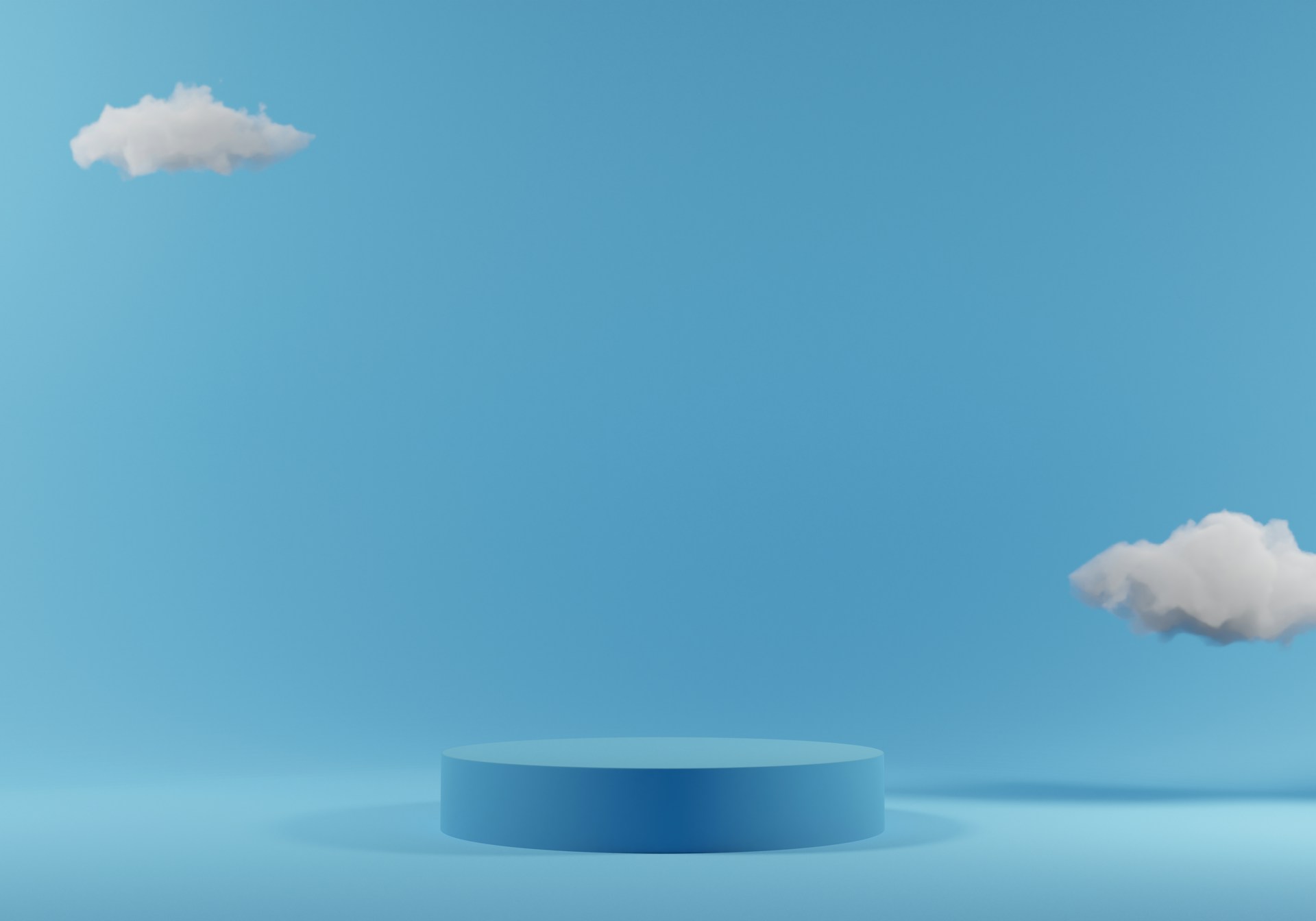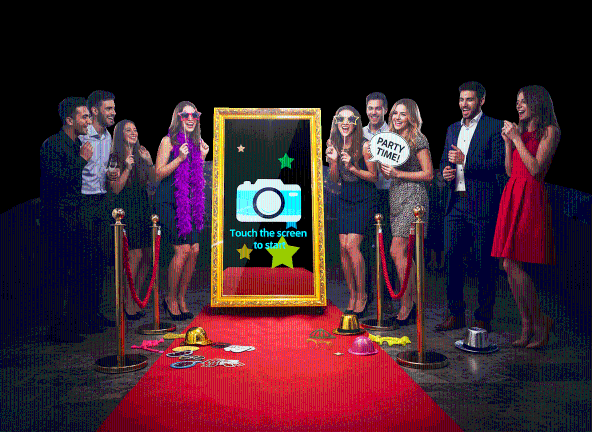The Power of Color Psychology in Fashion and Its Impact on Personal Style
In the world of fashion, color is more than just an aesthetically pleasing element. It plays a powerful role in affecting our emotions, moods, and even behaviors. Color psychology, the study of how colors influence human perception and behavior, has become increasingly important in the fashion industry, as designers and consumers alike recognize its impact on personal style.
Color has the ability to evoke specific emotions and can even elicit physical reactions. For instance, a vibrant red can make us feel energized and confident, while a soft pastel blue can create a sense of calmness and tranquility. Understanding these psychological effects of color can help individuals select clothing that aligns with their desired mood or the impression they want to make.
First impressions are often based on appearances, and the colors we wear can significantly influence these initial judgments. When choosing an outfit, it is crucial to consider the occasion and the image you want to project. For instance, wearing a powerful shade of red to a job interview can convey confidence and assertiveness, while opting for a more subdued gray might suggest professionalism and reliability.
Colors can also influence how we perceive body shapes and sizes. Darker hues, such as black or navy blue, tend to create a slimming effect, while lighter shades can make certain areas appear larger. By strategically selecting colors that flatter our body shape and skin tone, we can enhance our confidence and feel more comfortable in our own skin.
Additionally, color psychology can impact our personal style by influencing our shopping habits. Certain colors have been found to increase appetite, leading many restaurants to incorporate warm tones like red and orange in their decor. Similarly, retailers often use specific colors in their branding to encourage purchasing behaviors. For example, the color red is associated with urgency and excitement, which may prompt consumers to make impulsive buying decisions.
Furthermore, different cultures attach various meanings to colors, which can also impact personal style. In Western societies, for instance, white is often associated with purity and innocence, while in some Eastern cultures, it symbolizes mourning and is worn at funerals. Understanding these cultural connotations can help individuals navigate fashion choices appropriately in different environments and avoid inadvertent offenses.
While color psychology provides general guidelines, personal preferences and individual experiences also play a crucial role in shaping personal style. What one person finds appealing or comforting might not have the same effect on another. Fashion is, after all, a form of self-expression, and colors can convey different meanings and emotional responses based on personal associations.
Experimenting with colors can be a fun and creative way to explore and develop your personal style. Incorporating unexpected hues or challenging yourself to step out of your comfort zone can infuse your wardrobe with freshness and excitement. Remember, personal style is an ever-evolving process, and color psychology can be a tool to enhance and refine your fashion choices.
In conclusion, the power of color psychology in fashion should not be underestimated. Colors have the ability to influence our emotions, shape our perceptions, and even impact our shopping behavior. Understanding the psychological effects of colors can guide us in selecting the right outfits for various occasions and help us project the desired image. By exploring and experimenting with colors, we can unleash the true potential of personal style and express ourselves authentically through fashion. So next time you go shopping or choose an outfit, consider the power of color psychology and let it work its magic in enhancing your personal style.













